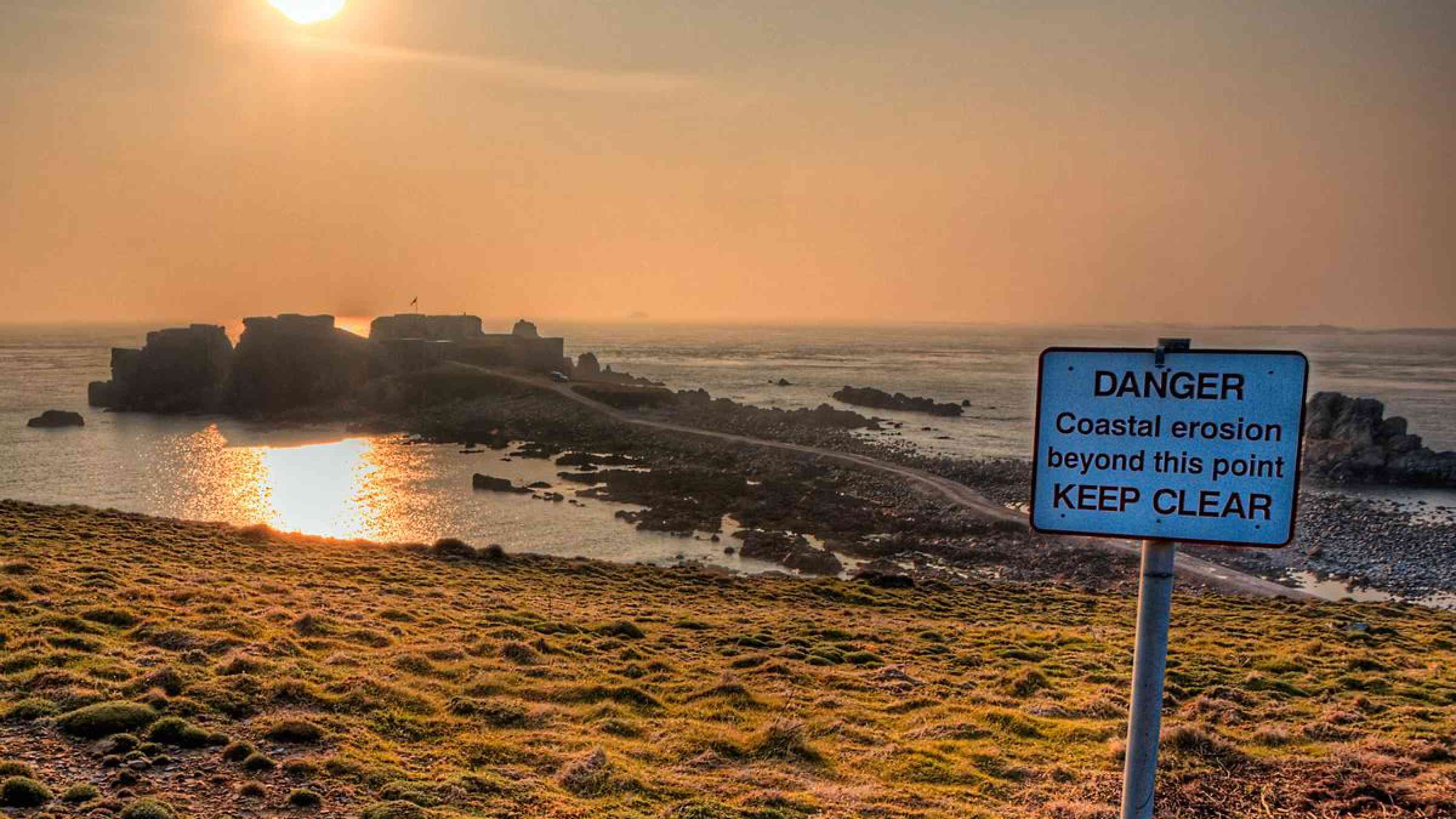Study identifies increased threat to coastlines from concurrent heat waves and sea level rises

Concurrent occurrences of heat waves and extreme short-term sea level rises at the same coastal locations significantly increased between 1998 and 2017 when compared to the preceding 20 years, reports a study published in Communications Earth & Environment.
The study also suggests that these events may be five times more likely to occur between 2025 and 2049 under a modeled high emissions scenario.
A so-called 'concurrent heat wave and extreme sea level' (CHWESL) event is when a heat wave and an extreme short-term sea level rise occur at the same coastal location over the same time period. Although they can pose a serious threat to coastal communities, there has so far been little research into the characteristics and occurrences of these events.
Shuo Wang and Mo Zhou investigated CHWESL events worldwide between 1979 and 2017 and projected future events between 2025 and 2049 under a high emissions climate scenario (the IPCC's SSP5-8.5 scenario). The authors only included events occurring in the extended summer season, spanning May to September in the Northern Hemisphere, and November to March in the Southern Hemisphere.
The authors found that approximately 88% of the world's coastlines experienced a CHWESL event during the period 1979–2017. Approximately 39% of coastlines recorded a significant increase in the total duration of CHWESL conditions experienced over a year during the period 1998–2017 compared to during 1979–1998, with tropical regions more likely to experience a greater increase.
The authors also found a significant association between heat wave intensity and the probability of a CHWESL event occurring, with a 1% increase in heat wave intensity associated with an approximately 2% increase in the probability of a CHWESL event occurring.
From their projections, the authors suggest that global coastal areas could experience on average 38 days of CHWESL conditions each year between 2025 and 2049, an increase of 31 days compared to the historical period of 1989–2013.
The authors conclude that CHWESL events could pose a significant threat to coastal communities, particularly from the risks of excess heat to human health.
They note that countries in tropical areas are likely to be the most severely affected, and that many of these countries are low or middle-income countries which may struggle to cope with the effects. The authors argue that effective risk mitigation strategies urgently need to be developed to increase preparedness for these extreme events.